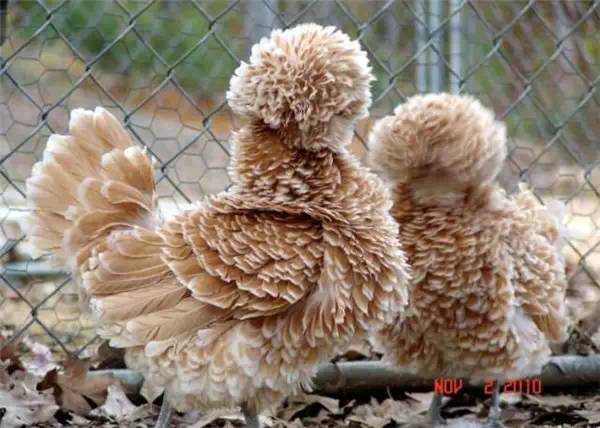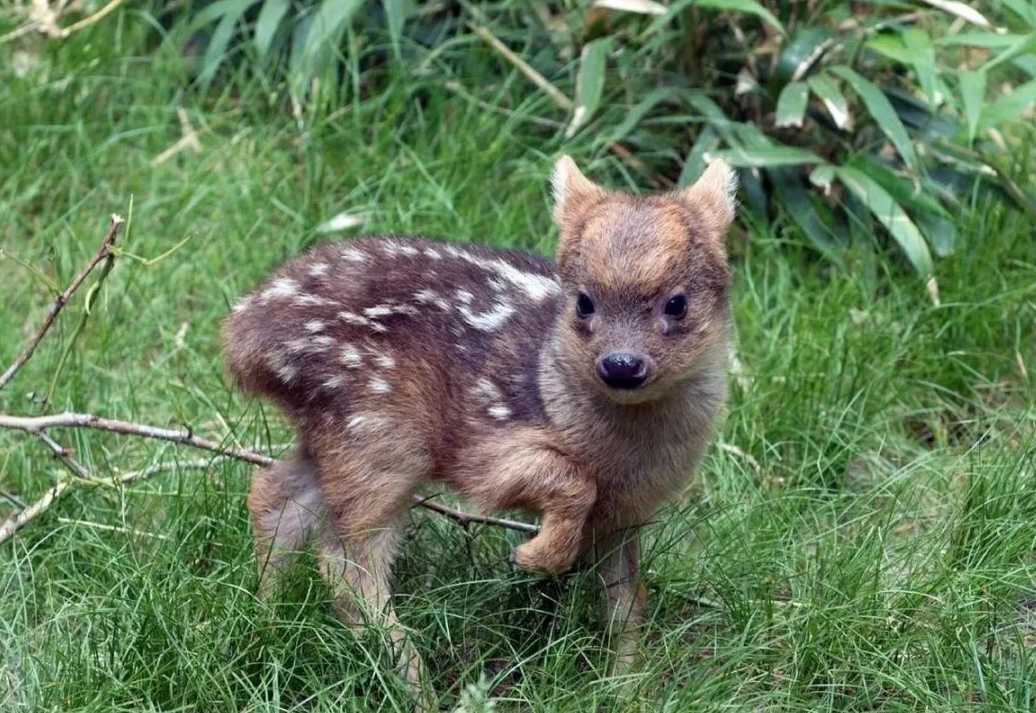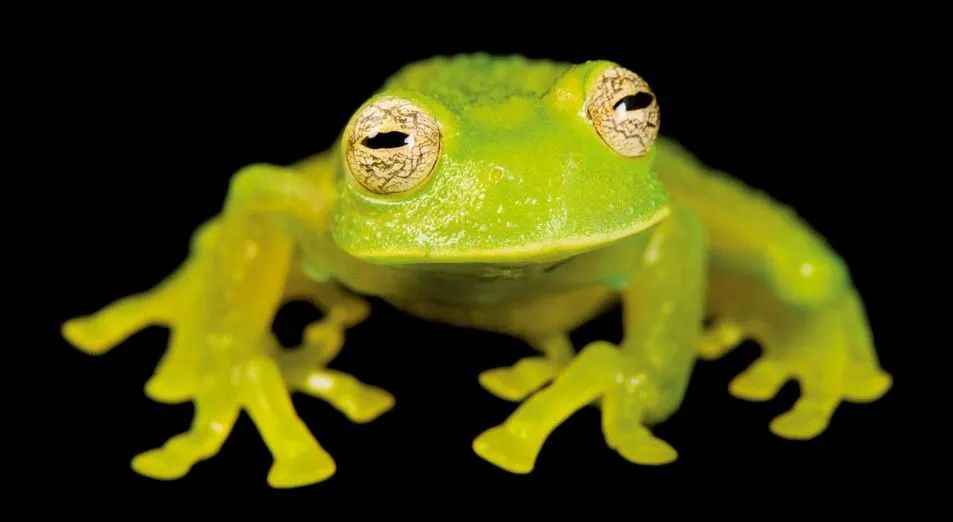The Kiwu Tree Viper: A Dragon-Like Venomous Snake from Central AfricaNative to the rainforests of Central Africa, the Kiwu tree viper (Atheris hispida) strikes an imposing figure, with its spiky scales and vibrant coloration earning it comparisons to mythical dragons. Found in regions like Rwanda and the Democratic Republic of Congo, this arboreal serpent combines beauty with lethality, thriving in the forest canopy as one of Africa’s most distinctive venomous species.
June 20, 2025, 4:59 pm EDT
A Living Dragon: Physical Traits and Adaptations
Nocturnal Hunter and Conservation Concerns









